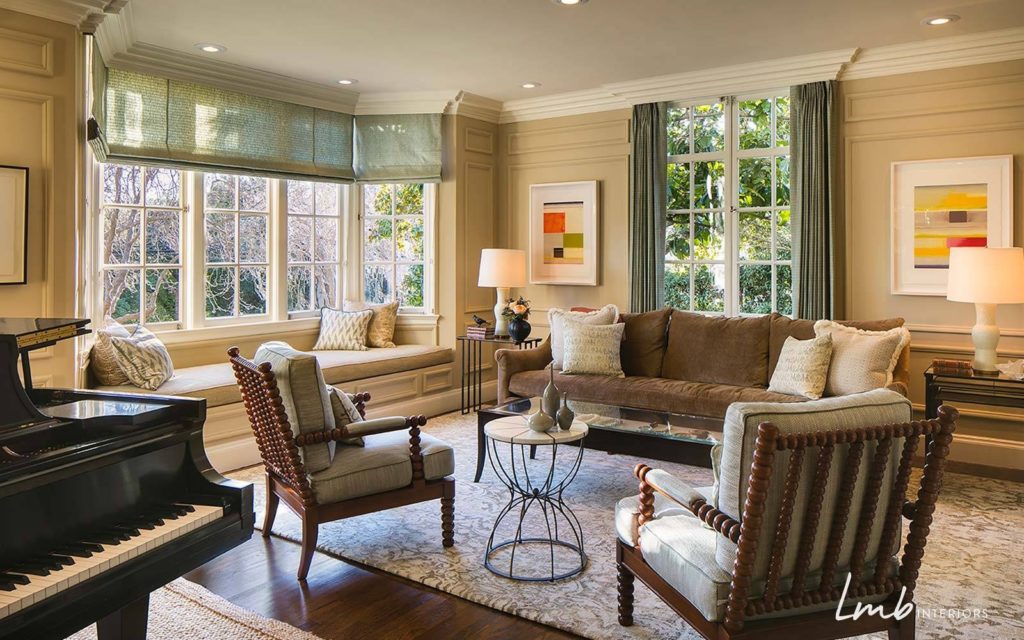Interior design can be a highly complex and time-consuming process. Afterall, it incorporates several disciplines, including that of sound acoustics, colour theory, human psychology and biophilia. For business owners looking to engage office interior design Singapore services, their work can seem like a blackhole.
As such, some business owners worry if they are being charged a fair sum. To assuage such concerns, this article offers insight into the processes of an interior design firm.
Stage 1: Planning
The planning phase is an important stage that involves both the interior design firm and you, the client. During this phase, we establish the priority in design elements, the aims of the project and overall direction.
Interior designers will often ask for your objectives for the space as well as a theme to follow. For example, you may want a space that looks exciting and hip to younger audiences. If so, the interior designer may suggest using bright and bold colours together with full length mirrors. Such a setup gives a trendy feel which captures the attention of young adults.
Planning also goes beyond merely deciding on the layout and details of a space. Rather, it informs project management and cost aspects. Based on the agreed plan, estimated timelines and budgets for the project can be created.
Stage 2: Research
Once the interior design firm is clear on the direction for your space, it will be on them to do extensive research. Research in interior design projects can be segmented into two types: cost and consumer research.
Research on cost will cover the sourcing of materials and furnishings. It is on the interior designer to find cost effective solutions that are of satisfactory quality but remain within the budget specified for the project.
If a particular furnishing can only be sourced from a well-known designer, then you can expect the cost to be significantly higher. It is here that the interior designer will be able to advise you on the value of the furnishing to the overall design and suggest suitable alternatives.
It is also important that we stress the importance of quality when sourcing for materials. Inferior materials could give way and thus lead to hazardous consequences.
The second aspect of research covers human behaviour, specifically that of your space’s users. Ultimately interior design of a space exists to serve its users, as such it should both be functional and aesthetically pleasing to them.
Interior designers need to learn about the behaviour patterns and routines of your employees. In doing so, they can create a space that is optimised for them.
Stage 3: Project Management
After all the pre-ground work, interior designers can now commence working on the actual project. This includes effective budget management, keeping track of deadlines and liaising with you.

